Citroën Thinks They Have The Solution For Commercial Vehicles In Big Cities:
Meet The 8 Horsepower Ami Cargo Quadricycle...
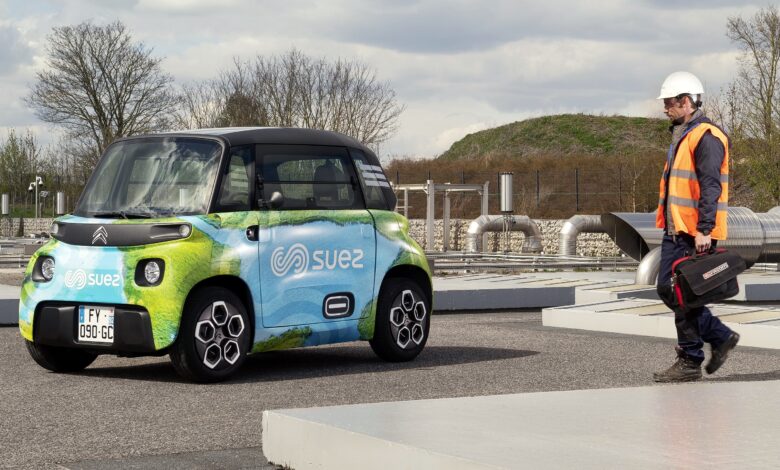
Days ago, we talked about how the Stellantis-owned Free2Move carsharing program hinted that the new electrified Citroën Ami quadricycle might be coming to the Washington D.C. area in a social media post released on the company’s Twitter and LinkedIn pages. Now, the Ami is back in the news cycle with the Citroën brand’s announcement to develop an Ami Cargo variant for commercial applications in a busy urban area.
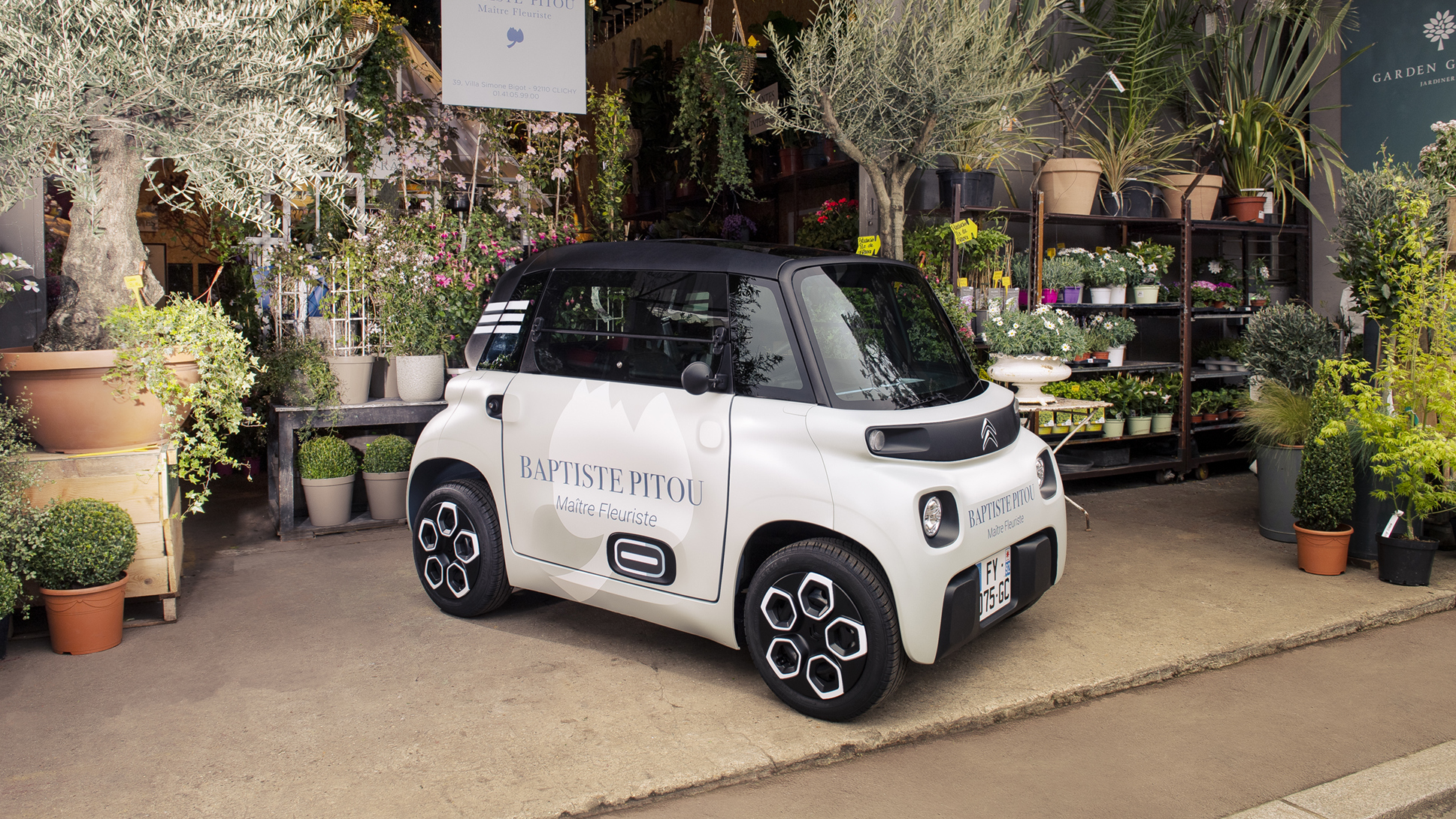
According to the French automaker, the need for a zero-emission solution and the strong demand for parcel delivery has led the automaker to develop the Ami Cargo. Unlike the standard model, the Ami Cargo ditches the passenger seat and adds a modular cargo space go enough to transport orders, correspondence, tools, objects of all types with complete security. Replacing the passenger seat opens up a 260-liter (9.2 cubic-foot) storage space with the capacity to accommodate a payload of 140 kg (308.6 lbs.) thanks to a modular and protected box made up of seven partitions molded in polypropylene.

Citroën believes that the Ami Cargo offers functional storage, associated with the benefits of an electric vehicle. Citroën says the Ami “provides more protection than a two- or three-wheeled vehicle and is much more agile than a top-segment utility, thanks to its ultra-compact dimensions and maneuverability.”

The Ami Cargo’s modular box not only adds protection to the vehicle’s cargo but adds a table that serves as a lid and supports a weight of up to 40 kg (88 lbs.). Citroën designed the upper surface to serve as a mobile office. The surface can act as a place for documents, such as delivery notes, order books, or a digital tablet. The table can be raised towards the driver to facilitate access to the storage area from outside the vehicle, or raised towards the passenger door so that the driver can directly access the contents of the box. It can also be removed and placed behind the driver’s seat to allow the vehicle to carry taller objects.
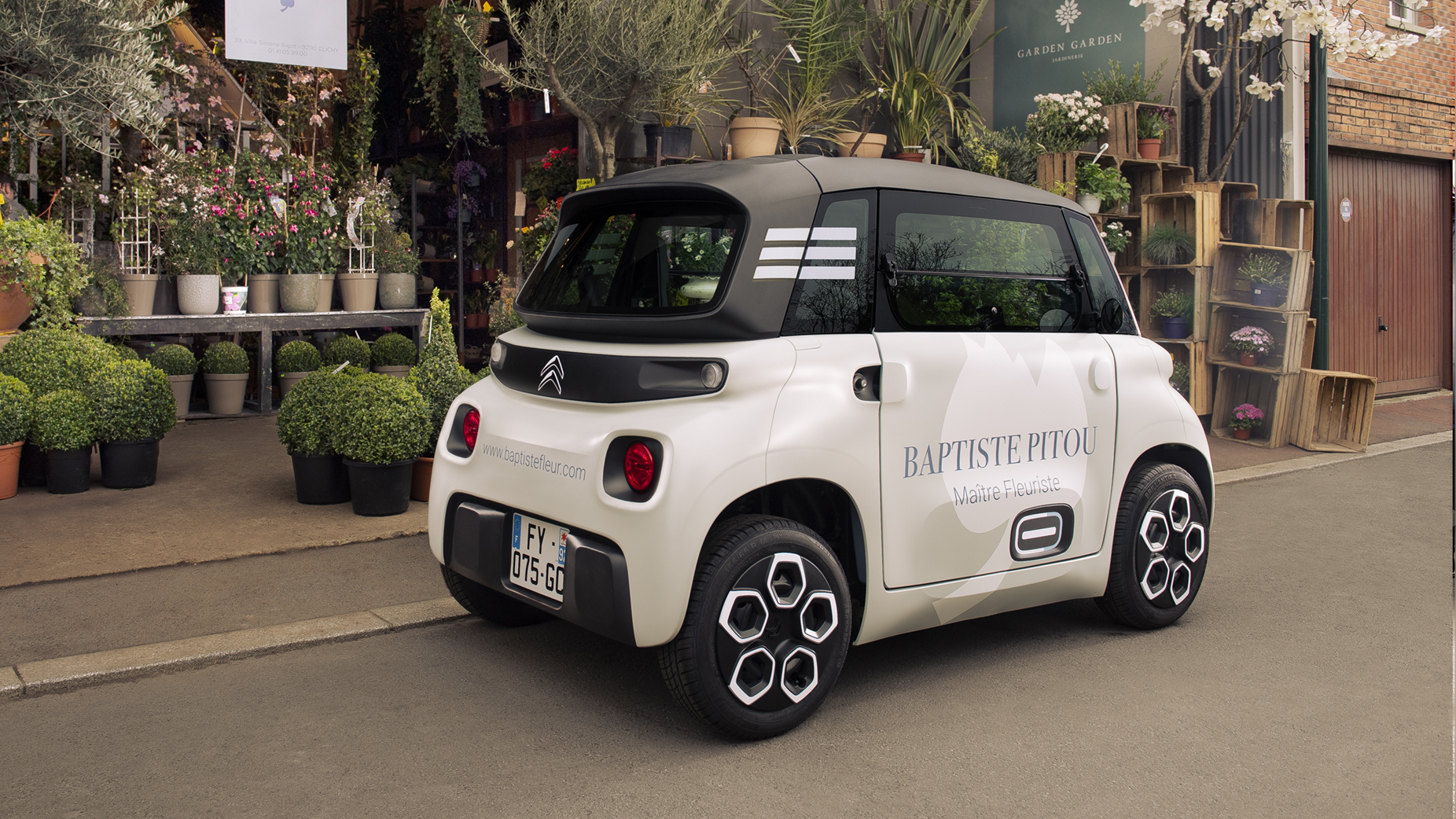
The Ami Cargo’s flat floor is adjustable on two levels. It can be raised and locked vertically, without invading the cargo space, or lowered horizontally, extending the rear floor of the vehicle. This latter position is suitable for transporting longer objects, thanks to a useful length of more than 1.20 meters (42.2-inches). Hooks are provided for the passage of elastic extenders or fastening straps in order to immobilize the most fragile objects.
The Ami Cargo is capable of utilizing more than 400 liters (14 cubic feet) of useful volume.
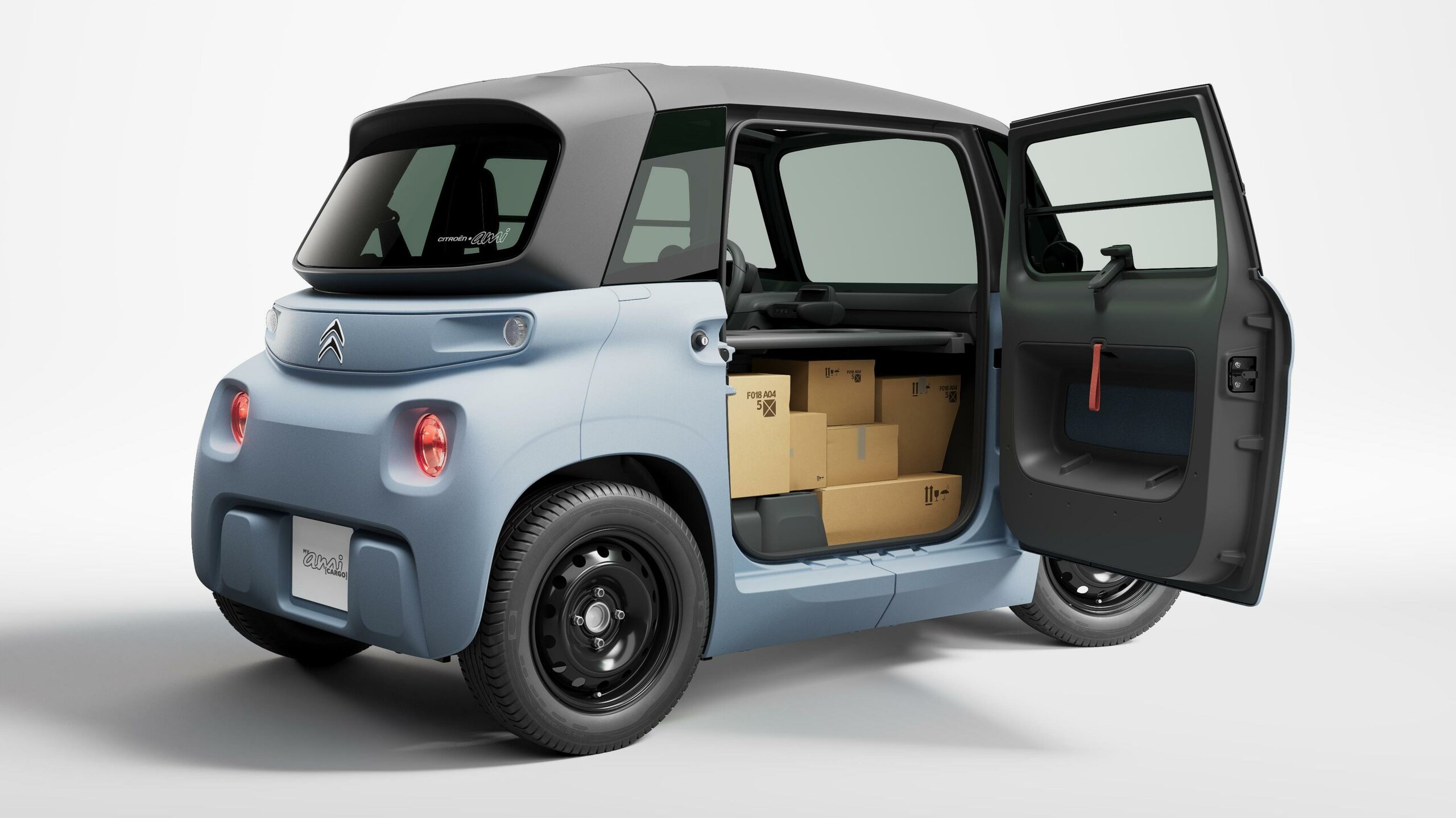
Even though the Ami only weighs 485 kg (or about 1,069 lbs) with its 5.5 kWh lithium-ion battery, housed flat under the floor, don’t expect lightning performance like most electric vehicles on the market. The Ami only has a 6.5 kW electric motor that operates at 48-volts (or about 8 horsepower) driving its front wheels, which lets the Ami travel up to a top speed of 45 km/h (28 mph). This means the Ami can be driven in certain countries like France, by drivers 14-years of age.
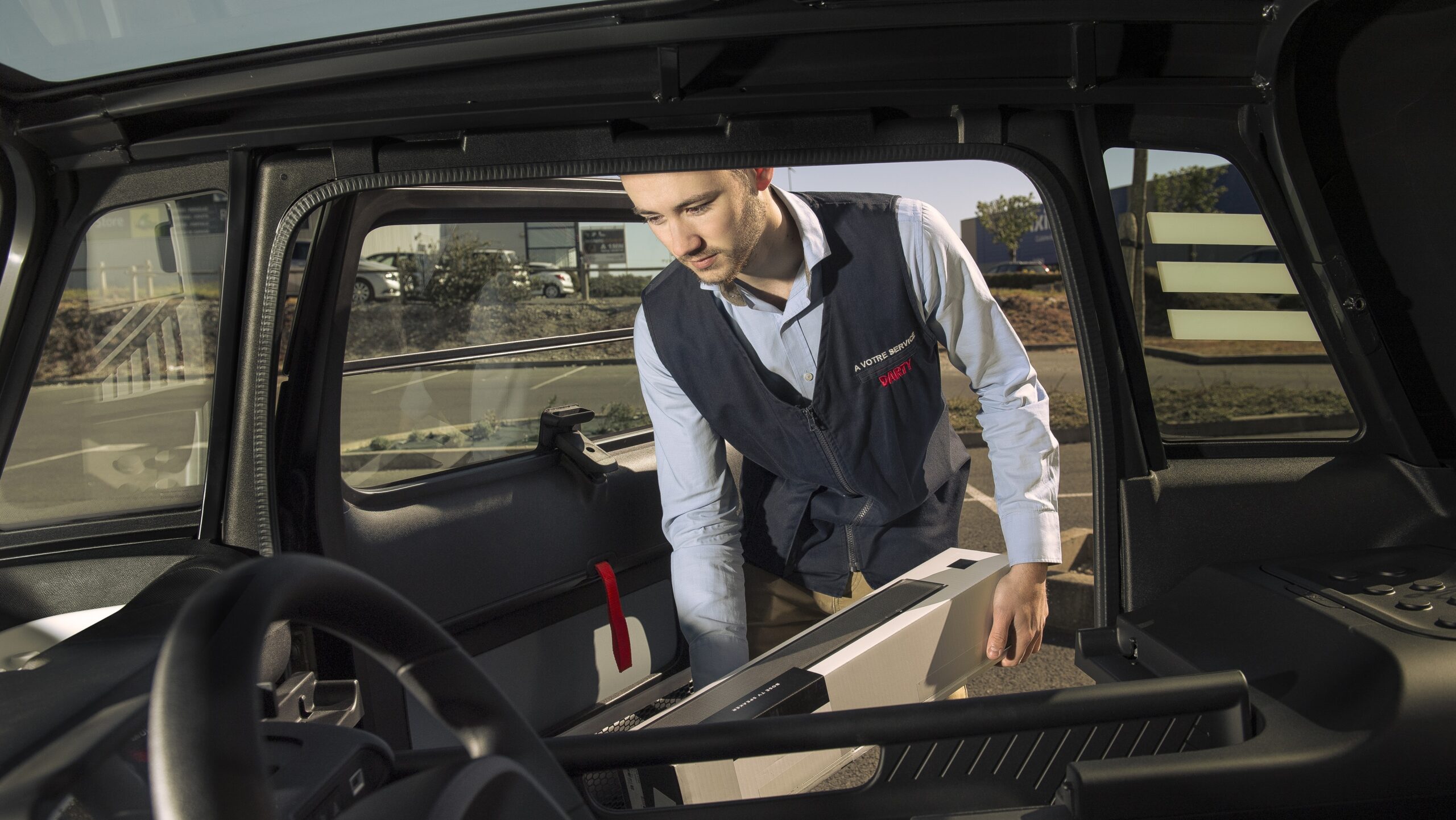
The Ami has a range of 70 kilometers (or about 43.5 miles) on a charge. Speaking of charging, there is an onboard electric cable located on the passenger side of the vehicle that can charge the vehicle to 100% in about 3 hours using a conventional 220-volt outlet.
Ami’s asymmetrical body, as the front and rear of the vehicle, have the same profile giving the vehicle a quirky design that is more functional than it is attractive. Not only are the front and rear the same shape, but the doors even swing the opposite of one another, meaning that Ami’s doors have one specific door design making the entire vehicle cheaper in overall cost and cheaper for replacement cost and to manufacture. This is a key requirement to remain competitive in the commercial market.

While it may not be a great application for the North American market, due to the fact it can not travel on most public roads due to its limited top speed of 45 km/h (28 mph). However, in markets with city centers like Europe, Asia, and Brazil, the €6,490 (or about $7,821 USD) Ami could offer a useful solution for a number of small business professionals such as artisans, plumbers, electricians, locksmiths, hairdressers who care at home, personal care companies, etc.
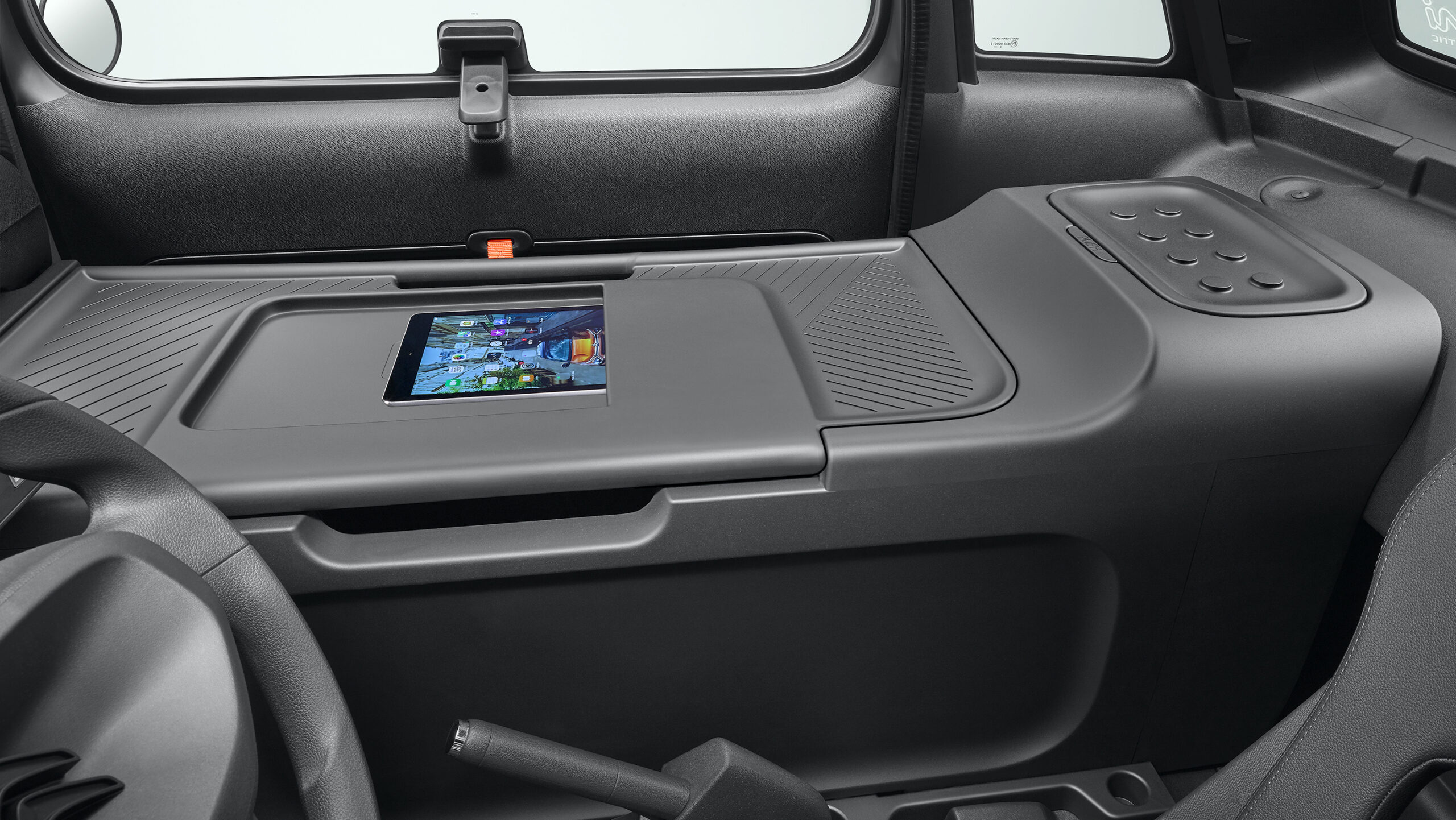
Bringing the Ami to the United States means that it would be labeled as a Neighborhood Electric Vehicle (NEV). A NEV is a special category in which battery-electric vehicles (BEVs) that have a top speed of 25 mph (40 km/h) and a maximum Gross Vehicle Weight Rating (GVWR) of 3,000 lbs. (1,400 kg) can operate legally on roadways with posted limits of up to 35 mph (56 km/h) depending on the state. The problem is, it would restrict Ami’s top speed even lower from 28 mph (45 km/h). NEVs fall under the U.S. Department of Transportation classification of “low-speed vehicles” (LSVs).
Could the Ami be the next generation of delivery vehicles to serve around the globe? Let us know in the comments below or in the MoparInsiders.com forums.




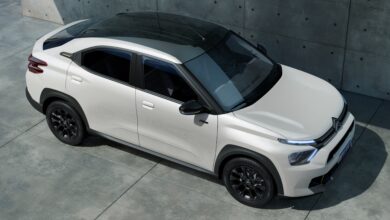

3 replies
Loading new replies...
Join the full discussion at the Mopar Insiders Forum →